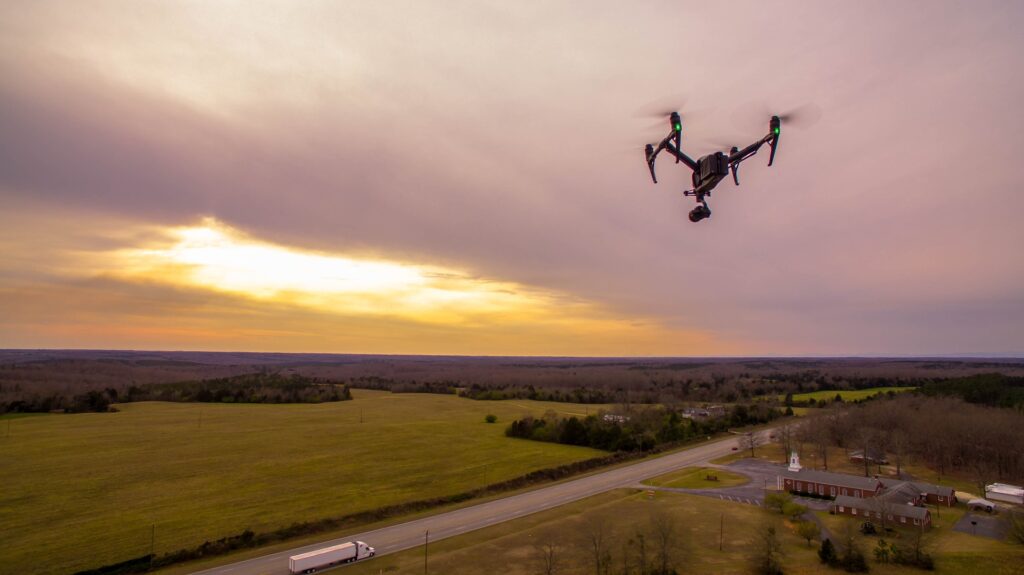When it comes to drone operations, learning to fly a drone with both skill and confidence is only part of the equation. Equally important is developing a detailed procedural checklist that can help reduce risk and prioritize safe operations for every flight. The Standard Operating Procedure (SOP) for a reputable drone service provider will address not only best practices for the Remote Pilot in Command (RPIC) to follow during flight, but also pre-flight and post-flight protocols to ensure the highest level of safety.
Pre-Flight Considerations
Even small, lightweight drones require regular upkeep. Batteries can fail to hold a charge, propellers can become damaged or loose, and the aircraft itself can develop cracks. A comprehensive drone pre-flight checklist will mandate that the RPIC inspect all equipment carefully, batteries are fully charged, and the latest firmware updates have been installed for the aircraft, controllers, and monitors. (All devices should be tested in a safe airspace after installation to guard against any malfunction in the field.)
Depending on the nature and location of the work, many operators also will complete a pre-flight report. This might include information about the type of project, altitude to be flown, and planned flight time, as well as contact information for the landowner or emergency services, and the closest airport. Regardless of whether a pre-flight report is used, the RPIC should assess the winds and other weather conditions prior to leaving for the mission to confirm that the weather is conducive to flight. Once at the operating location, the operator should communicate the flight plan to any members of the flight crew, such as a visual observer, and note any potential obstacles or restricted areas. As part of the flight plan, the pilot should establish not only the designated locations for take-off and landing, but also an area for an emergency landing, if needed.
Guidelines During Flight
After takeoff and before commencing the planned flight mission, the pilot should verify that all systems show green, confirm active satellite and GPS connections, and double-check that the batteries still indicate a full charge. If a visual observer is present, they should verify that they have the drone in sight. Before landing, the RPIC should scan the landing area for potential obstacles and communicate any concerns, including elevated wind speeds, to the visual observer. As soon as the drone is on the ground, the aircraft should be powered down to avoid potential injury from the propellers or accidental takeoff.
Post-Flight Protocols
Running through a detailed checklist after flying a mission can help promote safe and efficient operations for the next flight. Before packing up the drone and other equipment, the RPIC should review the mission notes to confirm that all objectives were met, and verify the image data was captured successfully while transferring to a laptop or other storage device. Assuming the mission is complete, batteries and camera equipment should be removed and stored safely, and the aircraft inspected for noticeable wear or damage. This also may be an appropriate time to update flight and battery logs.
A comprehensive SOP will also address issues like training, emergency procedures, and accident reporting, among other protocols. The UAS Standard Operating Procedures for the North Carolina Department of Transportation Division of Aviation are available online and provide an excellent model for establishing similar protocols or vetting a drone service provider. Although small in size, drones occupy in the same airspace as traditional aircraft, and operators must follow stringent guidelines established by the FAA. Creating a set of best practices as an additional reference can ensure that drone operations go smoothly, and help protect both the operator and the public at large.
 972-318-2811
972-318-2811 info@globalvideohq.com
info@globalvideohq.com
